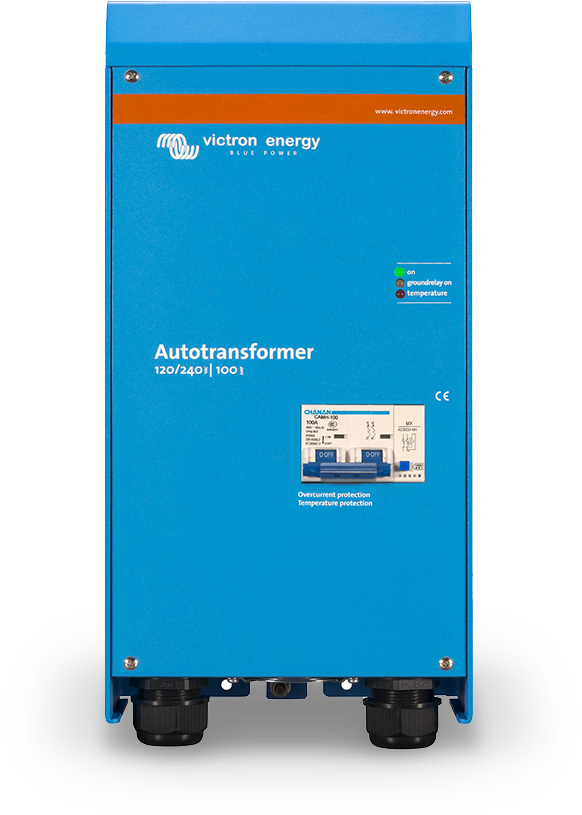azozrider
New Member
- Joined
- Sep 1, 2020
- Messages
- 77
So I've built and am using a 3kw, 48v LifePo system on a 30A RV. Works great, loving it. But, as life is ever evolving, am finding myself needing to upgrade the size of my Trailer to a much larger one, for new purposes and to accommodate the new family. Which means back to the drawing board for an even bigger system, with more demand on it. I'll of course max out my roof with the highest efficiency panels I can get... probably SunPower Maxeon 6 or Canadian Solar 6sr or whatever those new ones are. Probably do 48v again but might go up again in Voltage to maybe 60v system. Definitely want an all-in-one again, not sure if I will stick with Watts 24/7 and the MPP line or not. Likely up to 310ah lithium (280ah now) cells.
I have to make stupid power, so will find every trick I can come up with to get every inch of collection I can, because I will need to wire in a 240v 40A plug (dryer style) to the garage of the unit in order to power a Photon Genius Super Sauna. Fortunately the thing does use new tech to chop the highs and lows to reduce overall draw like the older versions had, but its still a healthy draw and will run for long periods of time at times. So big power collection, lots of storage, and a generator ignition to help when required, if not plugged into shore, which will happen a lot. Off grid rig. So here is my question....
Will a sufficiently sized (ie LV6048 or bigger) split phase inverter in a 50A RV do the trick for the entire rig, including that 40A plug for Super Sauna, still allowing for Shore charging from whatever is available when something is? If I only have a 20-30A shore outlet and use an adapter on the plug, will one of these split phase converters e the charge? This is predicated on 5-6kw of collection on roof. I've got other 120v heavy draw appliances as well, so will still need to juggle what is on and when. Looking for a little guidance on efficient setup for accomplishing a lot of things.... 240v, 120v, and 12v. 240 and 120v charging. I'll use another converter like I have now for my 12v stuff. Easy.
Thanks!
I have to make stupid power, so will find every trick I can come up with to get every inch of collection I can, because I will need to wire in a 240v 40A plug (dryer style) to the garage of the unit in order to power a Photon Genius Super Sauna. Fortunately the thing does use new tech to chop the highs and lows to reduce overall draw like the older versions had, but its still a healthy draw and will run for long periods of time at times. So big power collection, lots of storage, and a generator ignition to help when required, if not plugged into shore, which will happen a lot. Off grid rig. So here is my question....
Will a sufficiently sized (ie LV6048 or bigger) split phase inverter in a 50A RV do the trick for the entire rig, including that 40A plug for Super Sauna, still allowing for Shore charging from whatever is available when something is? If I only have a 20-30A shore outlet and use an adapter on the plug, will one of these split phase converters e the charge? This is predicated on 5-6kw of collection on roof. I've got other 120v heavy draw appliances as well, so will still need to juggle what is on and when. Looking for a little guidance on efficient setup for accomplishing a lot of things.... 240v, 120v, and 12v. 240 and 120v charging. I'll use another converter like I have now for my 12v stuff. Easy.
Thanks!



